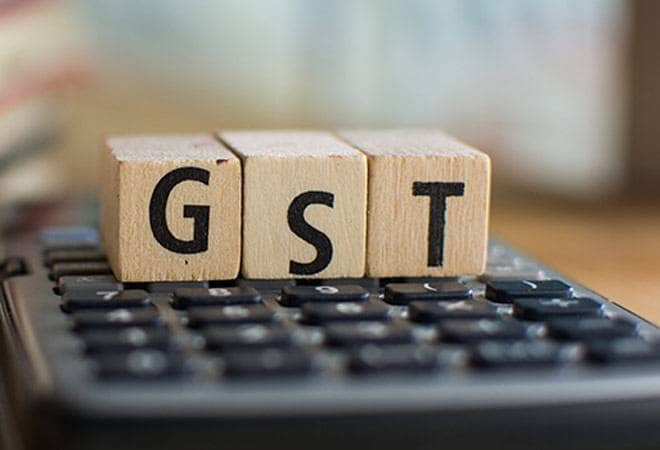DECODING BUDGET 2023 FOR STARTUPS




 Under GST, the person shall furnish the information prior to the commencement of movement of goods of more than Rs.50,000 and generates e-way bill on the E-way portal. It would become mandatory for inter-state movements of goods from February 1, 2018. The Uniform System of e-way Bill for inter-State as well as the intra-State movement will be implemented across the country by 1st June’2018. E-way Bill:It is an electronic document generated on the e-way bill portal for movement of goods. This document is required to be generated online. The E-way bill replaces the Way Bill (i.e. road permit) which was required under the VAT for movement of Goods. It will be generated when there is a movement of goods of value more than Rs. 50,000 –
Under GST, the person shall furnish the information prior to the commencement of movement of goods of more than Rs.50,000 and generates e-way bill on the E-way portal. It would become mandatory for inter-state movements of goods from February 1, 2018. The Uniform System of e-way Bill for inter-State as well as the intra-State movement will be implemented across the country by 1st June’2018. E-way Bill:It is an electronic document generated on the e-way bill portal for movement of goods. This document is required to be generated online. The E-way bill replaces the Way Bill (i.e. road permit) which was required under the VAT for movement of Goods. It will be generated when there is a movement of goods of value more than Rs. 50,000 –
It consists two components: Part A comprising of detail of GSTIN of recipient, place of delivery (Pin code), invoice or challan number and date, value of goods, HSN code, transport document number etc. and Part B comprising of transport details (Vehicle number). Who will generate the E-way Bill?
Purpose of E- Way Bill The e-way bill provisions under GST will bring in a uniform e-way bill rule which will be applicable throughout the country. It ensures that goods being transported comply with the GST law and is an effective tool to track movement of goods and check tax evasion. How it is generated As explained above that an e-way bill contain two parts: Part A to be furnished by the person who is causing movement of goods and Part B (transport details) to be furnished by the person who is transporting the goods. Where the goods are generated by a registered person whether as consigner or recipient, the said person shall have to generate the e-way bill by furnishing information in part B. Where the e- way bill is not generated by registered person and the goods are handed over to the transporter, the registered person shall furnish the information relating to the transporter in Part B of FORM GST EWB – 01on the E-way bill portal and the e-way bill generated by the transporter on the basis of the information furnished by the registered person in Part A of FORM GST EWB-01. After that, a unique e-way bill number (EBN) generated, shall be available to the supplier, the recipient and the transporter on the E-way bill portal. E-way bill may be cancelled, either directly or through a Facilitation Centre notified by the Commissioner, within 24hrs of generation of the e-way bill. Provided that it cannot be cancelled if it has been verified in transit. Some Exceptions where E- way bill is not required- No e-way bill is not required to be generated in the following cases:
Validity An e-way bill is valid as mentioned in below table. [table id=4 /] Other Points